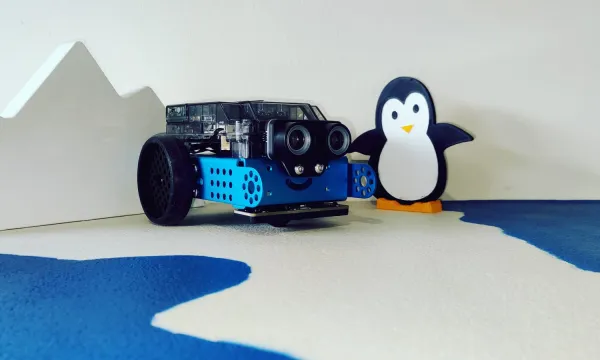
Code Explorers
Robots need to survey penguins and avoid falling off the ice, can you write the programs to help them complete their mission?
Recommended for: KS2 (7-11)
Wheelchair access limited
Workshop

Robots need to survey penguins and avoid falling off the ice, can you write the programs to help them complete their mission?
Wheelchair access limited
Workshop